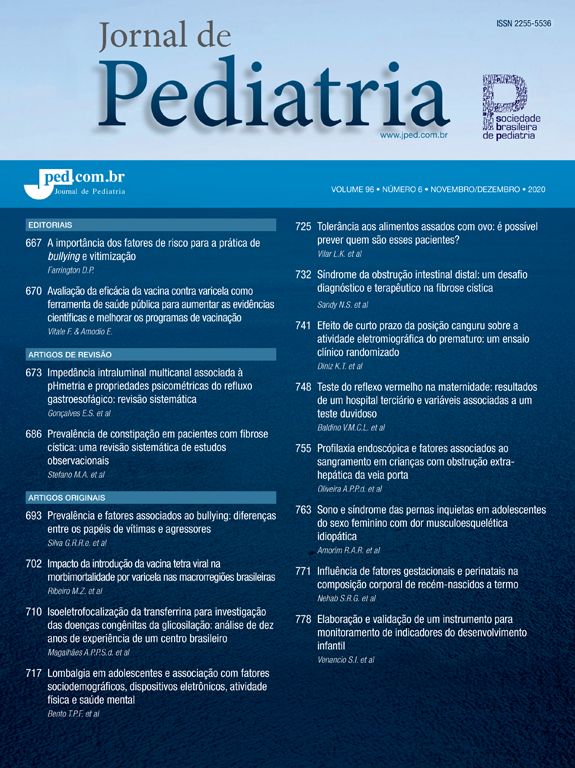This brief document presents the resolutions of the Pediatric Work Group of the International Liaison Committee on Resuscitation (ILCOR). The aim of the ILCOR is to consistently improve the rules published by international associations and councils of resuscitation. The purpose of this document is to clarify conflicting or controversial points in the rules of available basic and advanced life support in pediatrics, to outline the design of the considered solutions and recommendations reached by a consensus of the Work Group. We also listed unsolved issues and presented some interesting areas for research and investigation of these rules. This document does not include a complete list of rules regarding the non-controversial topics. The algorithms presented here are an attempt to illustrate a common flux of evaluations and interventions. Whenever it is possible, these algorithms have been considered as a complement to the Basic Life Support (BLS) and Advanced Life Support (ALS) algorithms used in adult patients. Once the cardiopulmonary failure in a new-born presents peculiar challenges for the resuscitation regarding its necessary etiology, physiology and research, we developed a separate section, which considers the initial resuscitation of the new-born. Other areas of the adult algorithm were identified and are explained in the text. In the absence of specific pediatric data, the recommendations can be suggested or supported based on common sense or on the facility to teach or keep the ability. The practical viability of the recommendations in the context of the local resources and customs (technologic and personal) must always be considered. During the design of this document, one surprising factor for work group members was the small differences between the current pediatric rules made public by the American Heart Association, Heart and Stroke Foundation of Canada, European Resuscitation Council, Australian Resuscitation Council and Resuscitation Council of Southern Africa.
O fator de impacto mede o número médio de citações recebidas em um ano por trabalhos publicados na revista durante os dois anos anteriores.
© Clarivate Analytics, Journal Citation Reports 2025
O CiteScore mede as citações médias recebidas por documento publicado. Mais informação
Ver maisSJR é uma métrica de prestígio baseada na idéia de que todas as citações não são iguais. SJR utiliza um algoritmo similar ao page rank do Google; é uma medida quantitativa e qualitativa ao impacto de uma publicação.
Ver maisSNIP permite comparar o impacto de revistas de diferentes campos temáticos, corrigindo as diferenças na probabilidade de ser citado que existe entre revistas de distintas matérias.
Ver mais







